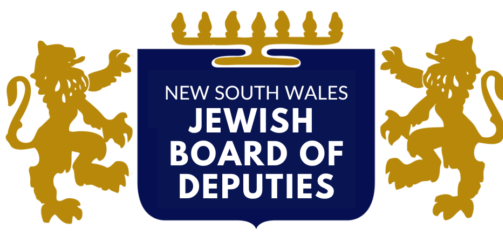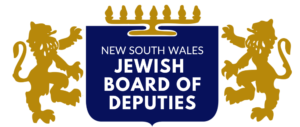Wollongong art collector ‘took part in execution of escaped Jew’
Rhiannon Down
The Australian
March 30, 2023
A Lithuanian-born art collector who was honoured for donating paintings to a NSW art gallery is now suspected to have been directly involved in the execution of an escaped Jew in 1943.
Holocaust historian Konrad Kwiet uncovered details of the incident while investigating the wartime activities of Wollongong art benefactor Bronius “Bob” Sredersas, and believes his suspected actions would justify a charge of accessory to murder if he were alive today.
Sredersas migrated to Australia in 1950 and worked at the BHP steelworks in Wollongong while amassing a private art collection that included works by of some of Australia’s most well-known artists. He bequeathed the paintings before his death in 1982 to Wollongong Art Gallery, leading to a room being named in his honour.
But three decades after his death, suspicions about his police career in Lithuania prompted Wollongong City Council and the NSW Jewish Board of Deputies to engage the Sydney Jewish Museum to investigate his wartime activities. The investigation revealed by The Australian found that he served as an intelligence officer in the Nazi security service and applied to join the military branch of the SS.
Since the report was released the gallery has removed the paintings and the plaque commemorating Sredersas. It is unclear when they will be returned, though Wollongong Mayor Gordon Bradbery hinted at a public lecture on the topic on Thursday that they would be one day, but in the “right way”.
Now the author of the report, Professor Kwiet, has found further evidence of Sredersas’ involvement in the Nazi occupation of Lithuania between 1941 and 1945, cautioning that he was going public with the allegations with “some reluctance” due to lingering uncertainty.
Professor Kwiet said he suspected Sredersas – who attained German citizenship and Germanised his name to Bronislaus Schroeders in 1941 – was the same SS squad leader who led a group of Hitler Youth members into a forest to track down Jewish escapees in an episode recounted in a historical work. “This group found a hide-out and they found a Jew who had escaped into the forest; he had escaped the ghetto deportation and was hiding there,” Professor Kwiet told a packed lecture hall at the gallery on Thursday. “The group under the guidance of SS Sergeant Shroder took him out, and in that stage in late 1943, Jews who escaped deportation and went into the forest could be killed immediately on the spot.
“Sergeant Shroder did not kill the Jew in hiding, he waited until a group of Lithuanian policemen showed up to take him back to a police station where the Jew, with a Jewish star, was interrogated and he was murdered.”
Professor Kwiet said without living witnesses and the uncertainty about whether the SS squad commander was Sredersas, as the book only referred to him by surname and the original report of the incident could not be located, it was unlikely the evidence could have led to a murder charge. He said Sredersas was an “experienced criminal detective” who knew how to “evade prosecution”.
NSW Jewish Board of Deputies chief executive Darren Bark said that while the decision on whether to display the artworks again was for council, many in the Jewish community believed they could be used to raise awareness by putting them back on display. “He should not be celebrated or commemorated but these works are no use to anyone in storage and can be rebirthed in a new purpose,” he said.





